The newly-published ANEC Annual Review 2019!
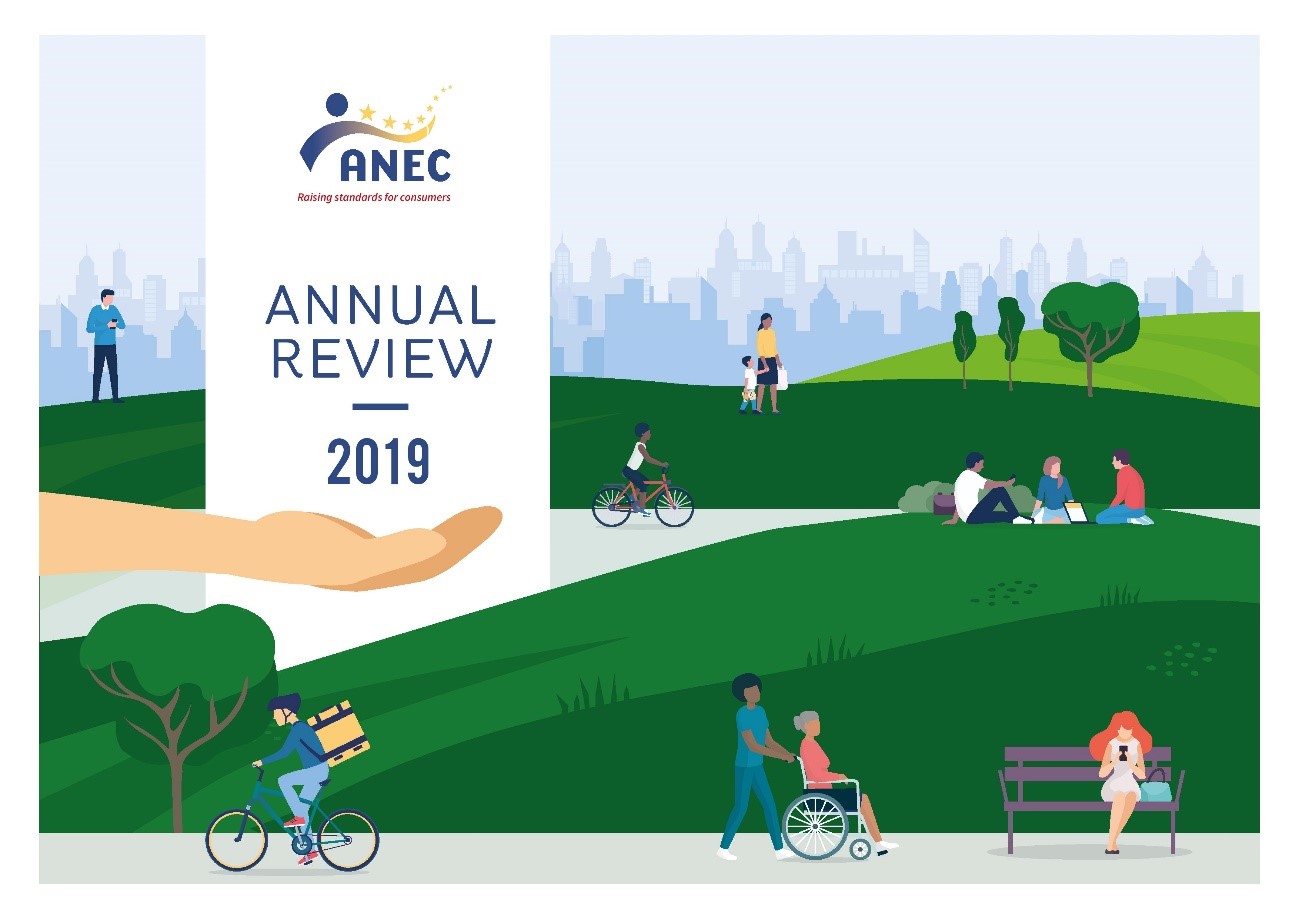 Click the picture to read (or go to https://bit.ly/3ev9r4M).
Click the picture to read (or go to https://bit.ly/3ev9r4M).
Lead Story
CWA 17553 published on community face coverings
On 17 June, CEN published Workshop Agreement CWA 17553 ‘Community face coverings - Guide to minimum requirements, methods of testing & use’. The CWA was drafted in just over three weeks, following an EC invitation to CEN. It provides the minimum requirements for the design, production & performance assessment of community face coverings (barrier masks) intended for consumers, single or reusable. The CWA is available free of charge.
Although the Workshop participants were limited to countries that had developed - or were developing – national specifications for barrier masks, ANEC made its expertise available to the Workshop on request. Our Child Safety WG expert, Herdis Storgaard, advised on issues including the age limits for the use of masks by children, and information to consumers.
Commenting on the publication of CWA 17553, ANEC Secretary-General, Stephen Russell, said that, although he appreciated the urgency behind the publication of the CWA, he would be writing to the Directors-General of DG GROW, DG JUST and DG SANTE, as well as CEN-CENELEC, to call for transformation of the CWA into a formal European standard, featuring a broader consensus, as quickly as possible. He also hoped ANEC could join a communication to consumers on face coverings and their use.
CEN issued a Press Release on the publication of the CWA.

Horizontal
EESC Opinion on AUWP 2020
On 10 June, the plenary meeting of the European Economic & Social Committee (EESC) adopted an Opinion on the 2020 edition of the Annual Union Work Programme for European Standardisation. The Opinion was presented by its co-Rapporteur, Elżbieta Szadzińska, of the EESC Diversity Europe Group (Group III). Elżbieta is also the Polish member of the ANEC General Assembly.
Building on previous Opinions, this latest Opinion confirms the benefits of inclusiveness in European standardisation to both economic and societal actors. It also sees standardisation as crucial for the Single Market Strategy and, as such, believes it should be continually reviewed and updated. It also highlights the need for an innovative cooperation in order to improve the standardisation system and meet global challenges.
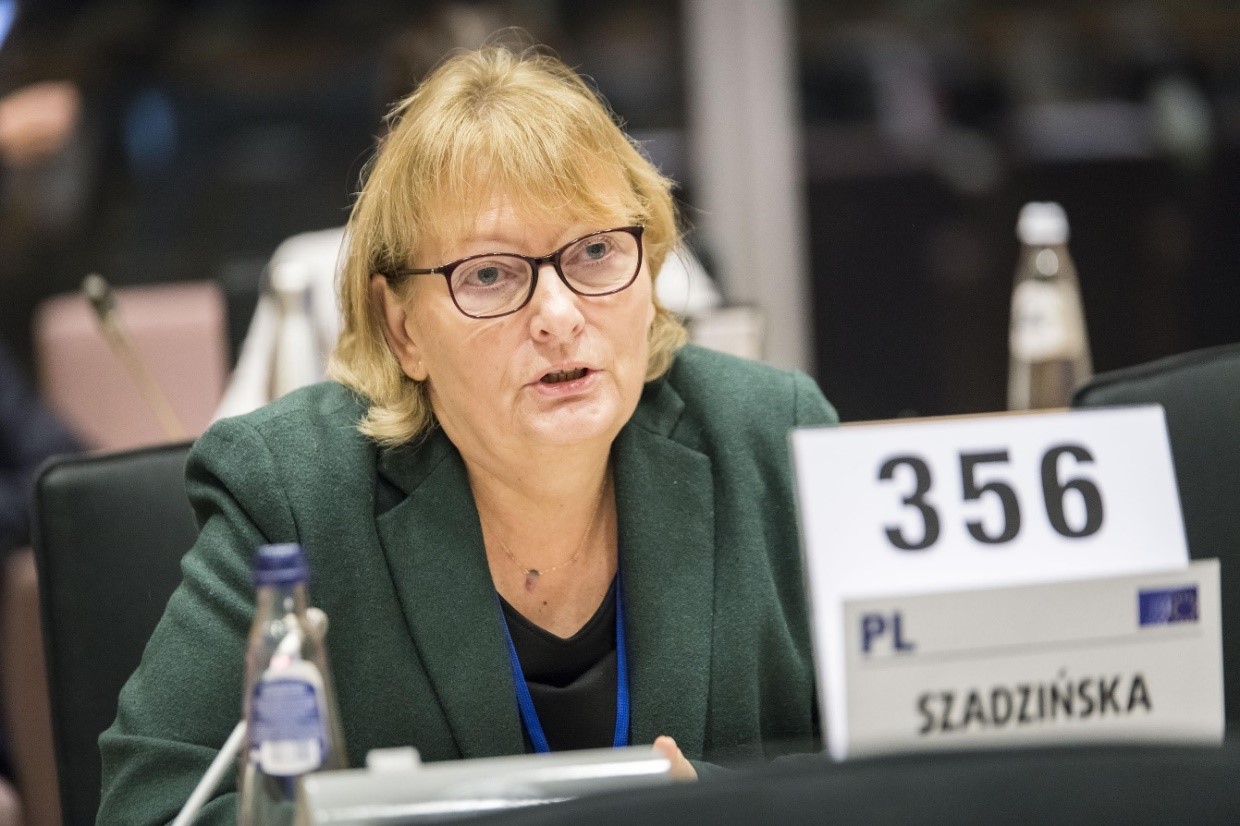
Photo credit: EESC
ANEC and BEUC on the results of Safety Gate
In 2019, more than 2.000 notifications of dangerous non-food products were made to the EU’s Rapid Alert System (Safety Gate). In a joint press release, ANEC and BEUC highlighted that authorities do not have the right tools to keep dangerous goods away from consumers, and that the EU needs to bring product safety legislation in line with today’s reality, taking into account smart and connected products as well as online sales.
Beyond this, ANEC and BEUC stress the EU still lacks a coherent and pan-European approach to market surveillance. More checks and inspections are required, and an EU-wide accident & injury database is needed to underpin evidence-based legislation and standardisation.
The Safety Gate results for 2019 were announced on 7 July by Didier Reynders, European Commissioner for Justice & Consumers. Authorities from 31 countries (EU Member States, the UK, Norway, Iceland & Liechtenstein) notified 2.243 alerts. Toys were the most notified product category (29% of total notifications), followed by motor vehicles (23%), and electrical appliances and equipment (8%). Clothing, textiles, childcare articles and children's equipment were also subject to a high number of alerts.
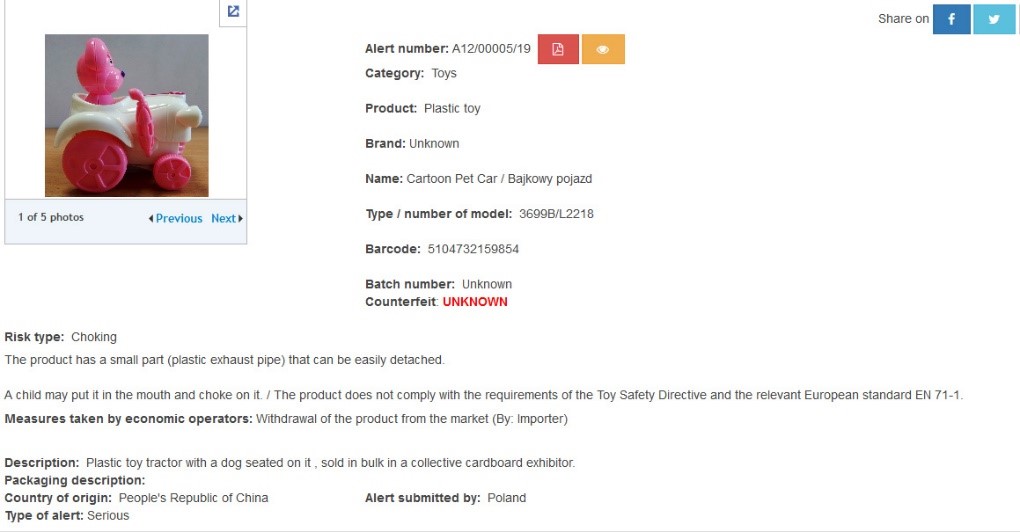
CASP2019 closing event
The results of the CASP2019 project of EU-funded joint market-surveillance actions were presented during a closing event on 7 July. In 2019, Market Surveillance Authorities tested over 650 samples of soft-filled toys, batteries, chargers, children’s bicycle seats, personal transporters (e.g. hoverboards) and slime toys. Factsheets, detailed reports and videos for each product category were made available at the event. ANEC participated as stakeholder in the joint actions on soft filled toys and children’s bicycle seats.
ANEC was consulted during the priority-setting for CASP2019 and we were pleased several of our proposals (soft-filled toys, chargers, hoverboards) were short-listed for testing. In addition, it was acknowledged that the CASP action on slime toys was set up after consumer groups (including ANEC and BEUC) reported the risk of boron leaching from the toys.
During the afternoon session, ANEC Senior Programme Manager, Tania Vandenberghe, joined a panel on “Roles in the Market Surveillance process”. Tania noted the importance of coordinated market surveillance actions in improving the safety and welfare of consumers. Without effective market surveillance and enforcement, consumers remain exposed to non-compliant & unsafe products. She also highlighted the lack of accident data across Europe is an obstacle in prioritising and defining preventive measures, including coordinated market surveillance actions, and stressed that consumer safety policy needs to be based on robust injury data.

Child Safety
‘Toy stories’ – a COFACE survey
In 2019, COFACE Families Europe decided to explore what influences consumers when they buy toys. On 20 November 2019, marking the 30th anniversary of Universal Children’s Day, COFACE launched “Toy Stories” (#toysanddiversity), the first Europe-wide survey on Toys and Diversity, developed and translated into 13 languages. The results of this survey were presented at a seminar on 15 June which ANEC attended.
The survey gathered more than 2.000 answers from EU Member States and beyond. It contained some 20 questions, aimed at analysing specific issues related to the world of toys, such as how consumers are confronted when purchasing toys; the layout of toy shops and how this is perceived by consumers; and the role of media and marketing. Finally, the survey included questions on potential solutions and remaining challenges in relation to toys.
DG JUST welcomed the findings which support its strategic goals on gender awareness and diversity. The use of standards in influencing behaviour was raised during the discussions: although the focus was more on behavioural and ethical standards, there was a hint at the possible value of technical standards in encouraging and promoting behavioural change. The full report of “Toy stories” was published on 16 June.

Digital Society
ANEC replies to the EC White Paper on AI
ANEC has published a position paper on the White Paper, ‘Artificial Intelligence - A European Approach’.
As member of both the Independent High-Level Expert Group on AI, set up by the EC, and the CEN-CENELEC Focus Group on AI, we focused our replies on the use of standards and legislation to shape a European approach to Trustworthy AI. Specifically, we made a special note of AI legislation and voluntary labelling system, as well as the implications AI, IoT and Robotics hold for safety and liability.

ANEC expert appointed to ENISA Advisory Group
We are delighted Rusné Juozapaitiené, Lithuanian member of the ANEC General Assembly and ANEC Digital Society WG expert on cybersecurity, has been appointed an “ad personam” member of a new Advisory Group to the European Union Agency for Cybersecurity (ENISA), for the period 2020-2023.
ENISA is dedicated to achieving a high common-level of cybersecurity across the EU. It gathers and provides independent, high-quality technical advice and assistance to Member States and EU bodies on cybersecurity, and supports the development and implementation of EU cyber policies. The new Advisory Group is a multi-disciplinary group of experts set-up to advise ENISA on the accomplishment of its tasks, and specifically, advising on the drafting of ENISA’s annual work programme, engaging with stakeholders on matters related to the programme, and contributing to a more cyber-secure Europe. The Group will have its first meeting in July 2020.
ENISA and the EC have also set up the new Stakeholder Cybersecurity Certification Group (SCCG) under the Cybersecurity Act. The aim is to contribute to the rolling annual work programme on cybersecurity, with the Member States’ group on cybersecurity certification working in parallel. ANEC is a member of SCCG and joined its kick-off meeting on 24 June. We expect the work will bring about a heightened level of cybersecurity protection for consumers by developing effective and enforceable tools, i.e. schemes based on European standards that reflect consumer requirements.
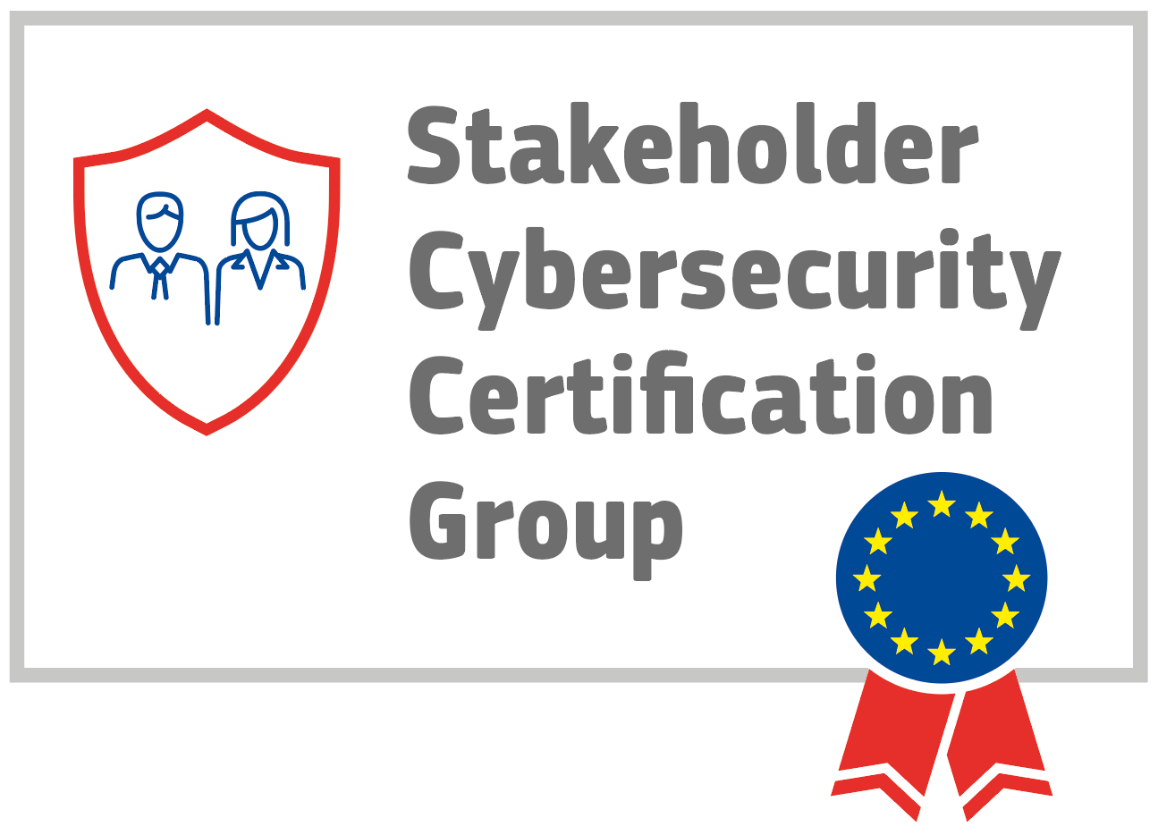
ETSI EN 303 645 published on cybersecurity in the IoT
On 30 June, the ETSI Technical Committee on Cybersecurity (TC CYBER) published ETSI EN 303 645, a standard for cybersecurity in the Internet of Things. The standard establishes a security baseline for internet-connected consumer products and provides a basis for future IoT certification schemes.
The standard indicates security and data protection provisions for consumer IoT devices that are connected to network infrastructure (such as the internet or a home network) and their interactions with associated services. The associated services themselves are out of scope. A non-exhaustive list of examples of consumer IoT devices includes: connected children's toys & baby monitors; connected smoke detectors, door locks & window sensors; IoT gateways, base stations and hubs to which multiple devices connect; smart cameras, TVs and speakers.
ANEC supports the standard, but we think it represents only a first step in making consumer IoT products safe and secure. Due to the fast pace of technological development, we believe the standard should be under continual review and revision. More normative requirements are needed in order to offer higher levels of consumer protection. We regret some proposals we made to this end during the enquiry on the standard were rejected. We expect consumer organisations will be able to assess whether the standard is having a positive impact on the market, given their frequent testing of the products covered.

Services
Standards on patient-centred care and social alarms
In June, EN 17398 ‘Patient involvement in health care – Minimum requirements for person-centred care’ was published, having been drafted in CEN/TC 450 ‘Patient involvement in person-centred care’ with ANEC’s participation.
The draft focuses on specifying minimum requirements to enable patient involvement, which is a key aspect in facilitating person-centred care. As such, special attention is given to the partnership between patient and health care personnel, the patient's story/narrative and the importance of information-sharing and documentation. The standard does not impact on the medical profession. It is intended to be applicable to different types of health care services such as hospital care, general practice, primary care centres, dental practices etc. An extension of its use to social care is possible.
We are also pleased to see the publication of CEN/TS 17470:2020 ‘Service model for social care alarms’, drafted by CEN/TC 431 ‘Service Chain for Social Care Alarms’. The specification gives good practice for service provision, with recommendations on roles and responsibilities of the different actors in the service chain.

Traffic & mobility
ANEC Traffic & Mobility WG meets virtually
The ANEC T&M WG met virtually on 4-5 June, with the agenda focused on updates since the previous meeting. It was a fruitful meeting, with experts advising the WG on their activities in key areas.
The ANEC Secretariat highlighted the need to have a special focus on Intelligent Transport Systems (ITS) given there are more self-driving vehicles being placed on the market. Cyber security, data protection and data storage related to vehicles are within the work of the T&M WG, and recognising this cross-fertilisation of work is key to the goal of the WG to contribute to a high-level of safety among road users, especially vulnerable road users. The Green Deal will bring new influences to the direction of the WG and has already led to the creation of a Project Team dedicated to Smart Mobility & Sustainable Transport.
Of course, we thank WG Chair, Tim Salatzki, and our experts for their contributions to the meeting and continued support.

ANEC comments on Alternative Fuels Directive
Ahead of the revision of the Alternative Fuels Directive (2014/94/EU), we sent comments in answer to the EC consultation. We also answered the consultation, ‘Low-emission vehicles – improving the EU refuelling/recharging infrastructure’. We believe these initiatives should allow for e-mobility to achieve greater mobility for Europeans at a reduced cost, with lower air pollution and mitigation of climate change. Nevertheless, recharging and refuelling points need to address all consumers and be accessible. This suggests deployment across Member States needs to be planned and harmonised.
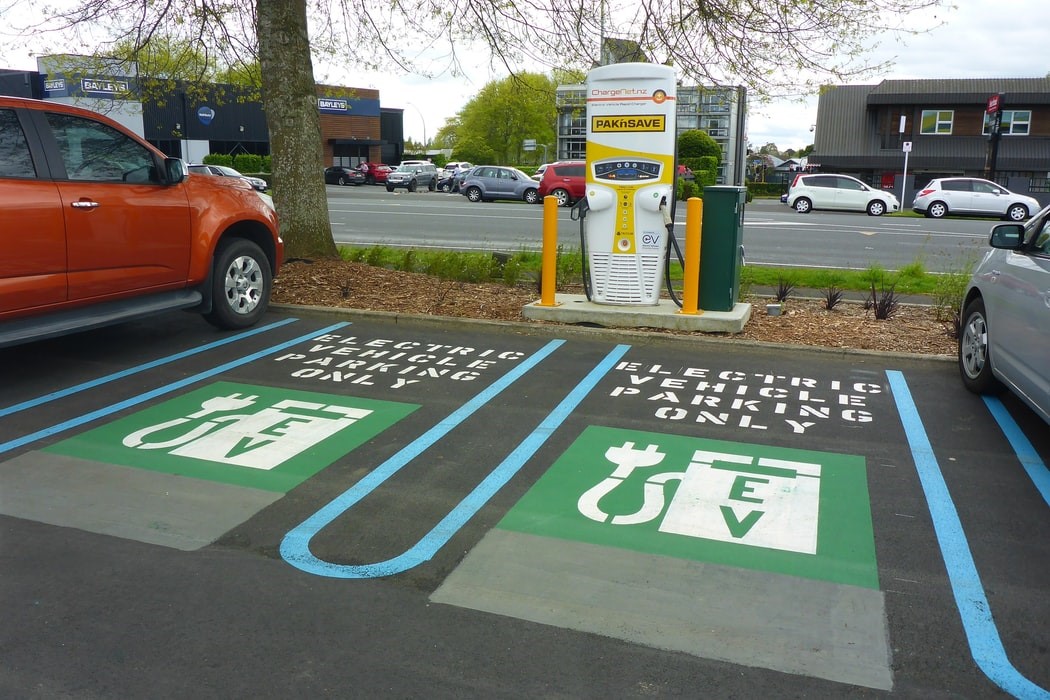
| List of meetings 2020 |
For comments or if you wish to write an article for the ANEC Newsletter, please contact: Marijana ANTAROROVA (This email address is being protected from spambots. You need JavaScript enabled to view it.).


